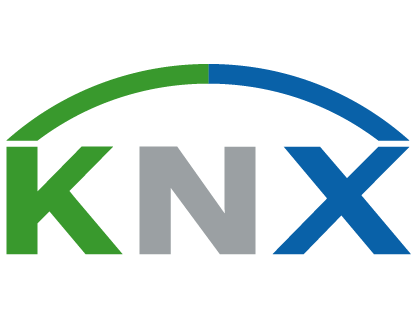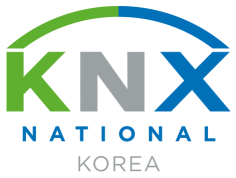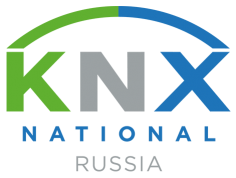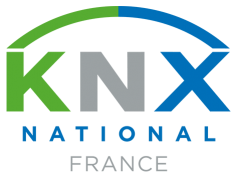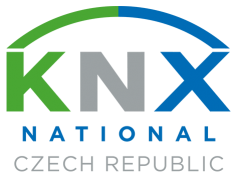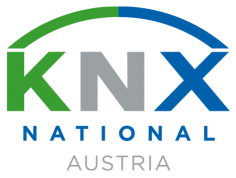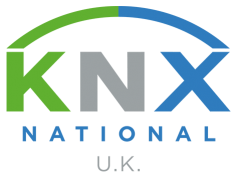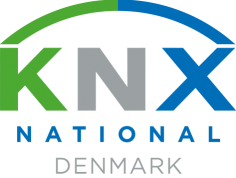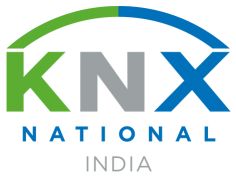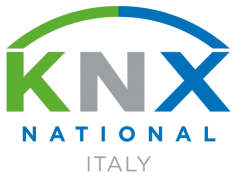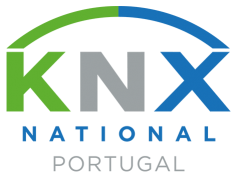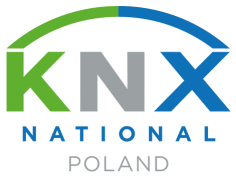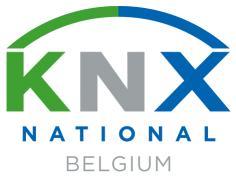
16 Sep The main features of ETS6
ETS6 is Smart
Internet browsers are increasingly used to accomplish daily tasks. ETS6 manages this seamlessly, using a ‘browser-like’ User Experience (UX) with flexible tab and window handling.
1. Multiple main window instances
ETS6 offers improved window and panel handling enabling multiple window instances to be running simultaneously. This makes it easy to check and compare data within a project or between multiple projects.
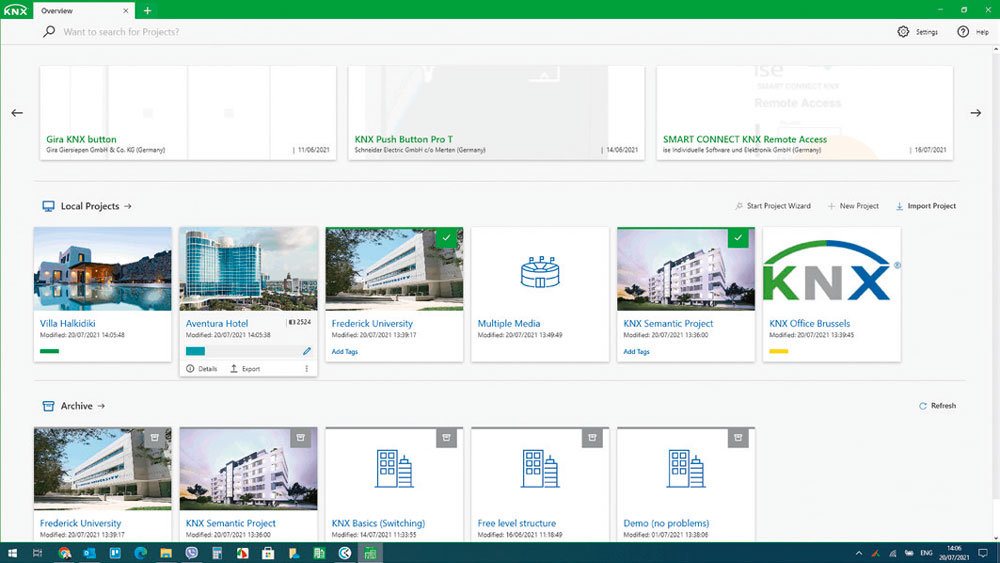
2. Flexible tab handling
It’s easy to maximise, drag, and drop tabs to embed or create new instances in ETS6. To create a new tab within the same ETS6 instance, simply maximise it. This new tab can then be dragged out to make a new instance or dragged and dropped into another ETS6 instance for it to become embedded in that instance.
3. Cloud licensing
ETS6’s new licensing model supports both cloud and donglebased licensing. This allows you to work offline if no internet connection is available. ETS6 connects to a user’s MyKNX account for licence information.
4. Adaptive dashboard
ETS6 clusters and sorts projects in the adaptive and completely redesigned dashboard. It’s quick and easy to find and access projects thanks to the available metadata, such as the project cover picture, project type, tags, and icons.
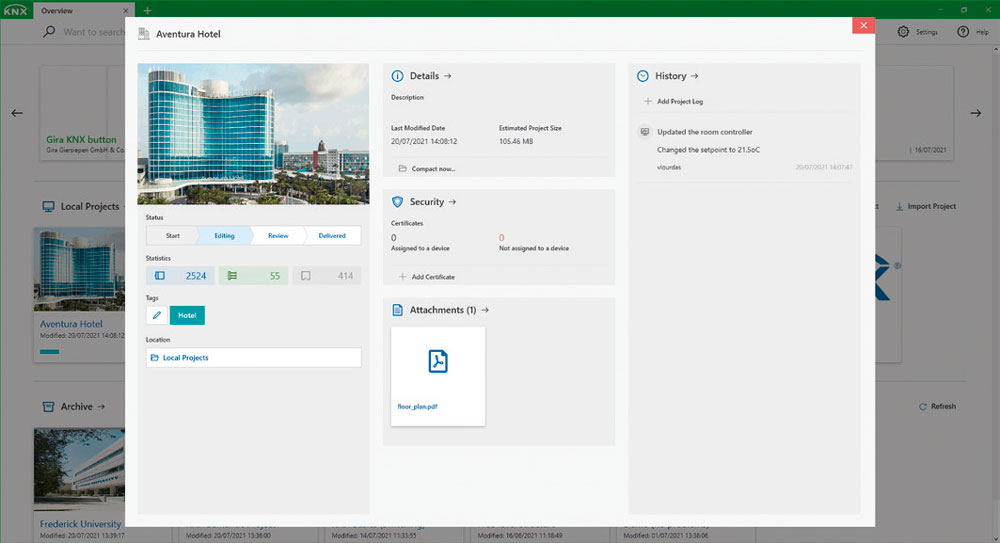
5. Enhanced Project Archive
Project collaboration is simplified with the enhanced Project Archive in ETS6 that offers different levels of functionality for different types of users. Normal users can use the Project Archive as a backup for their project files. And experienced users can benefit from extended collaboration features that allows multiple people to work on the same project.
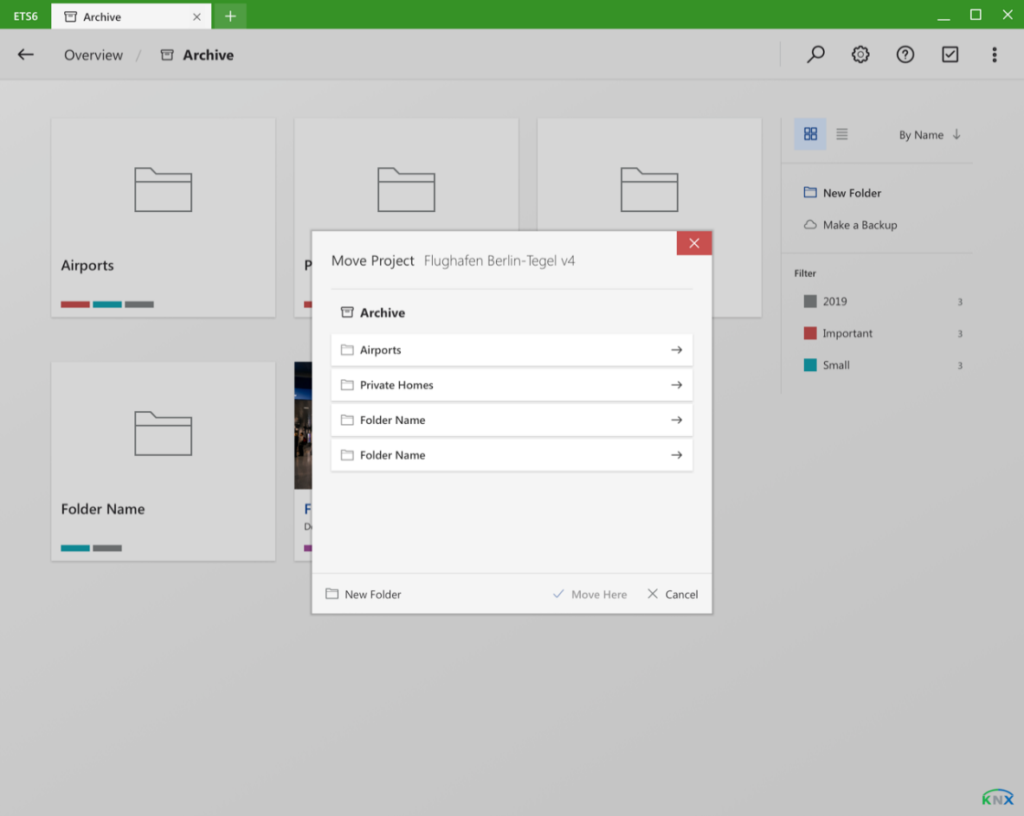
6. Breadcrumb navigation
The project workplace has been redesigned making it easier than ever before to navigate between files thanks to the breadcrumb navigation and back/forth options (via the breadcrumb buttons, keyboard shortcuts, or mouse clicks). In fact, looking for a KNX project in ETS6 is like using an internet browser.
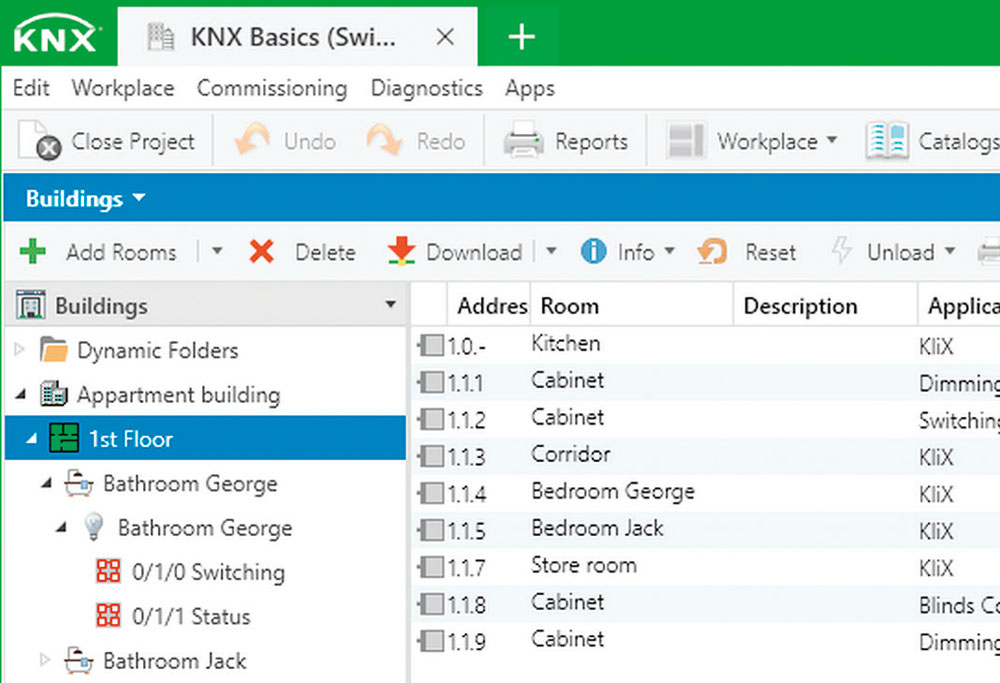
7. Optimised ‘Link with’ dialogue
In ETS6, you can link Group Addresses together much quicker thanks to the ‘Link with’ dialogue. Plus, the ‘Create new Group Address’ and ‘Use existing Group Address’ are now easily accessible, helping users so they don’t have to remember the current Group Address structure.
ETS6 is also used to frequently link Group Objects with Group Addresses. The enhanced ‘Link with’ dialogue makes it easier to select both single and multiple Group Objects and/or channels on the device as the source for the link to the target(s), in order words Functions or Group Addresses for each object. This means ETS6 supports the bulk linking of Group Objects to Group Addresses.
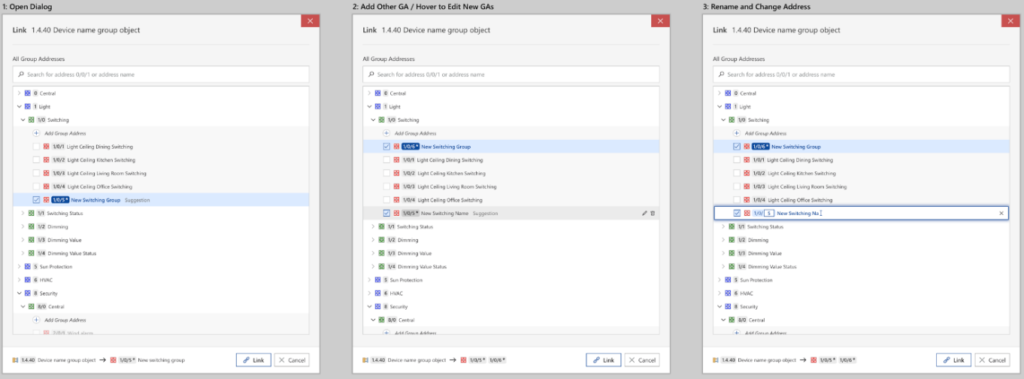
8. Improved update tool
Never miss an important update again with the ETS6 intuitive update notification system. Keeping ETS6 up to date ensures continuous improvements as well as the stability of your ETS software. Release notes are available before each update, and updates can be skipped if you prefer.
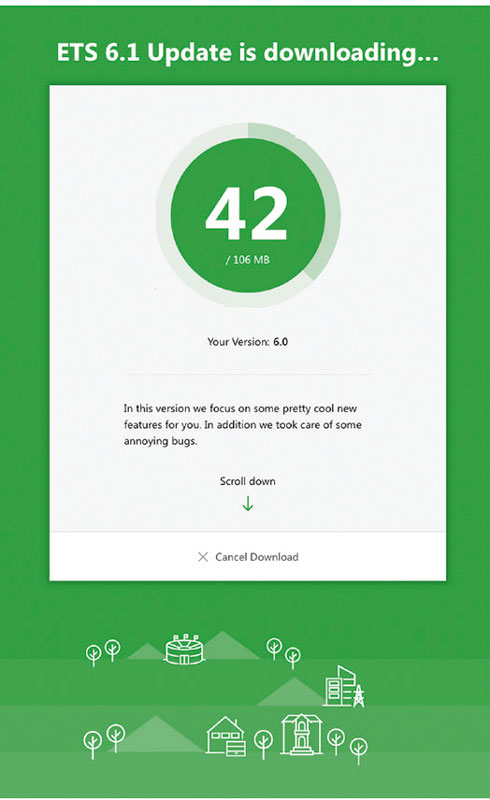
ETS6 is Secure
ETS6 builds on and improves the functionalities offered by ETS5 Professional for dealing with KNX Data Secure and KNX IP Secure devices. Additionally, ETS6 supports the latest KNX System extensions for safer KNX installations, easier topology scaling, and a new generation of RF devices.
System integrators can easily extend existing projects with new devices supporting security or RF devices thanks to ETS6 supporting Couplers with Segment Coupler and Security Proxy functionality. As well as all this, previous KNX investments are incorporated in the new software.
9. KNX Segment Couplers
A Segment Coupler is an extension of a Media Coupler that connects line segments together, regardless of their media type. KNX Segment Couplers are devices that extend an existing KNX TP1 Line with RF devices or TP1 devices with filtering or connect lots of small TP1 islands to KNXnet/IP with filtering.
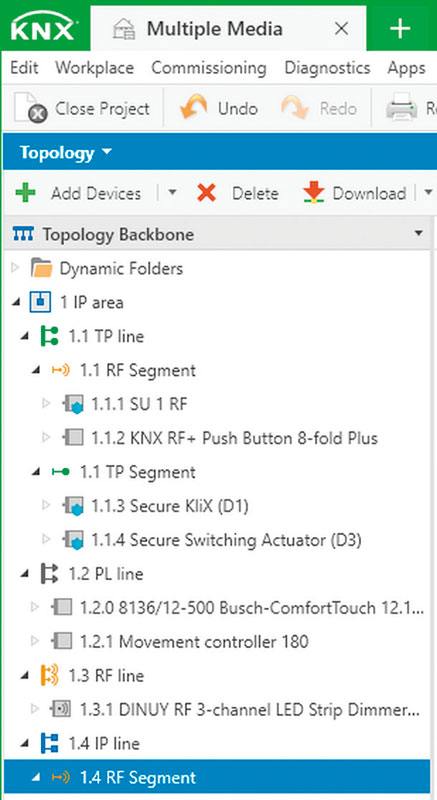
10. KNX Security Proxy
ETS6 supports the Secure Proxy, a coupler extension that allows plain devices to communicate with devices that operate securely. This makes this the ideal way to have security on a newly added device when retrofitting existing installations with secure devices without having to remove all the existing plain KNX devices.

KNX Secure Proxy devices secure the:
-
- KNX communication in open Subnetworks (KNX Data Security)
- Configuration of devices in the installation (KNX Data Security and KNX IP Secure Device Management)
- Runtime communication of certain applications (KNX Data Security)
11. KNX RF Multi Devices
ETS6 Professional supports KNX RF Multi, the new generation of KNX RF devices and the replacement of KNX RF and KNX Ready. This reliable and robust wireless protocol for building control applications supports frequency agility by using five different frequencies, repeaters (re-transmitters), fast and slow modes, ‘listen before talking’, and fast acknowledgement from up to 64 devices (retyring if unsuccessful).
RF Multi devices incorporate mandatory security support and easy configuration as all frequency settings are automatically set by ETS6. And the runtime capabilities come from a product entry created with the Manufacturer Tool.
KNX RF Multi Devices offer:
-
- System mode devices (based on runtime capabilities from an ETS6 product entry)
- Easy configuration as nothing needs to be done by the installer
- Security with mandatory KNX Data Security
- Automatic configuration of frequencies for each link (Ready, Multi-fast, and Multi-slow) by ETS6
- Fast ACK activation by default
- Automatic ACK slot number configuration by ETS6

ETS6 is Open
Just like KNX, ETS6 is open.
12. KNX IoT System
ETS6 uses KNX IoT to connect KNX to the ‘non-KNX world’. Within ETS6, it works by objects in the graphical user interface (GUI) mimicking their real-world counterparts in how they appear and/or how a user can interact with them.
By being more open to the ‘non-KNX world’, KNX IoT enables the implementation of semantic project information and tagging. In ETS6, IoT has expanded this semantic information to cover locations, functions, function points, channels, group objects, and more.

